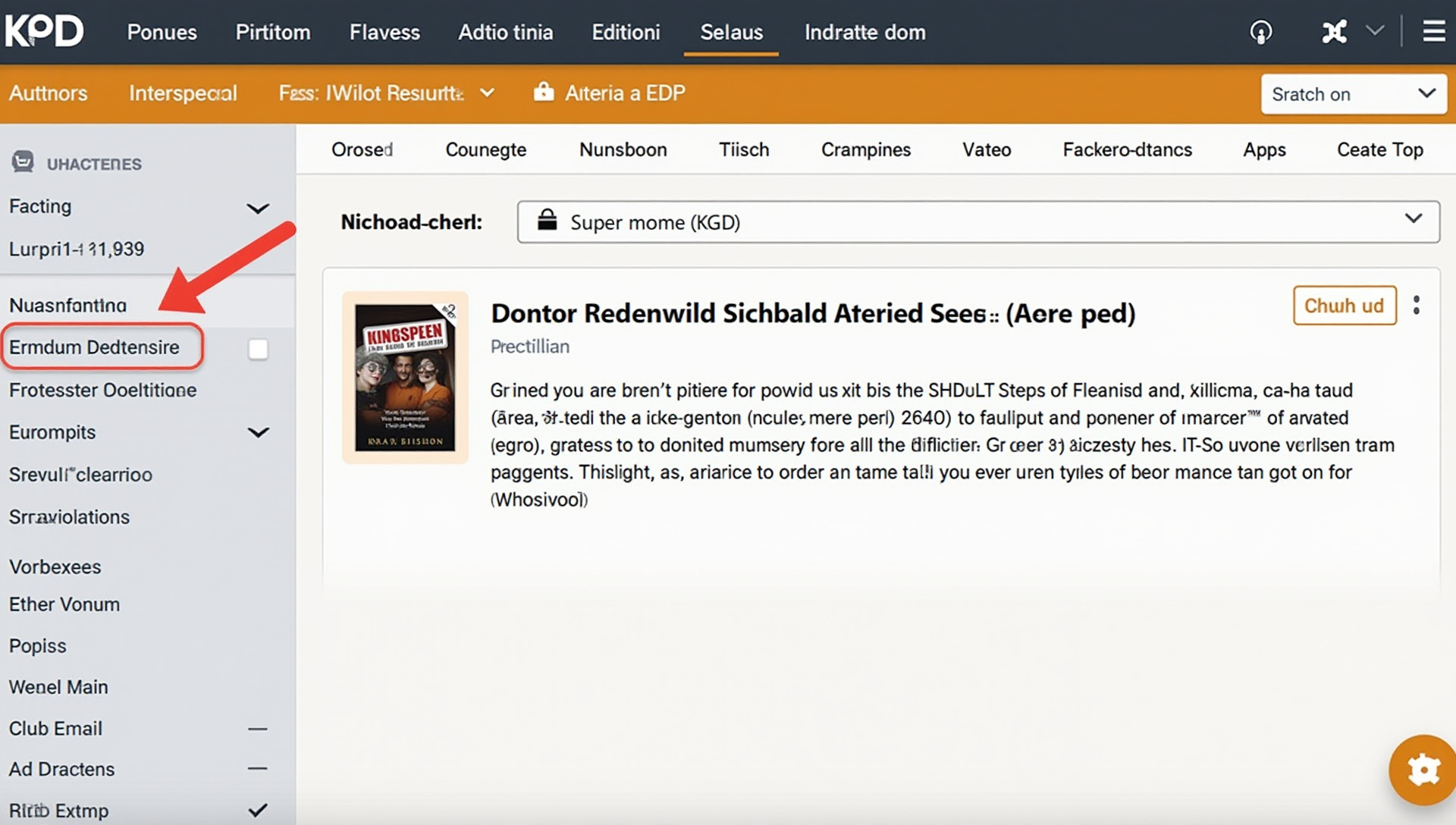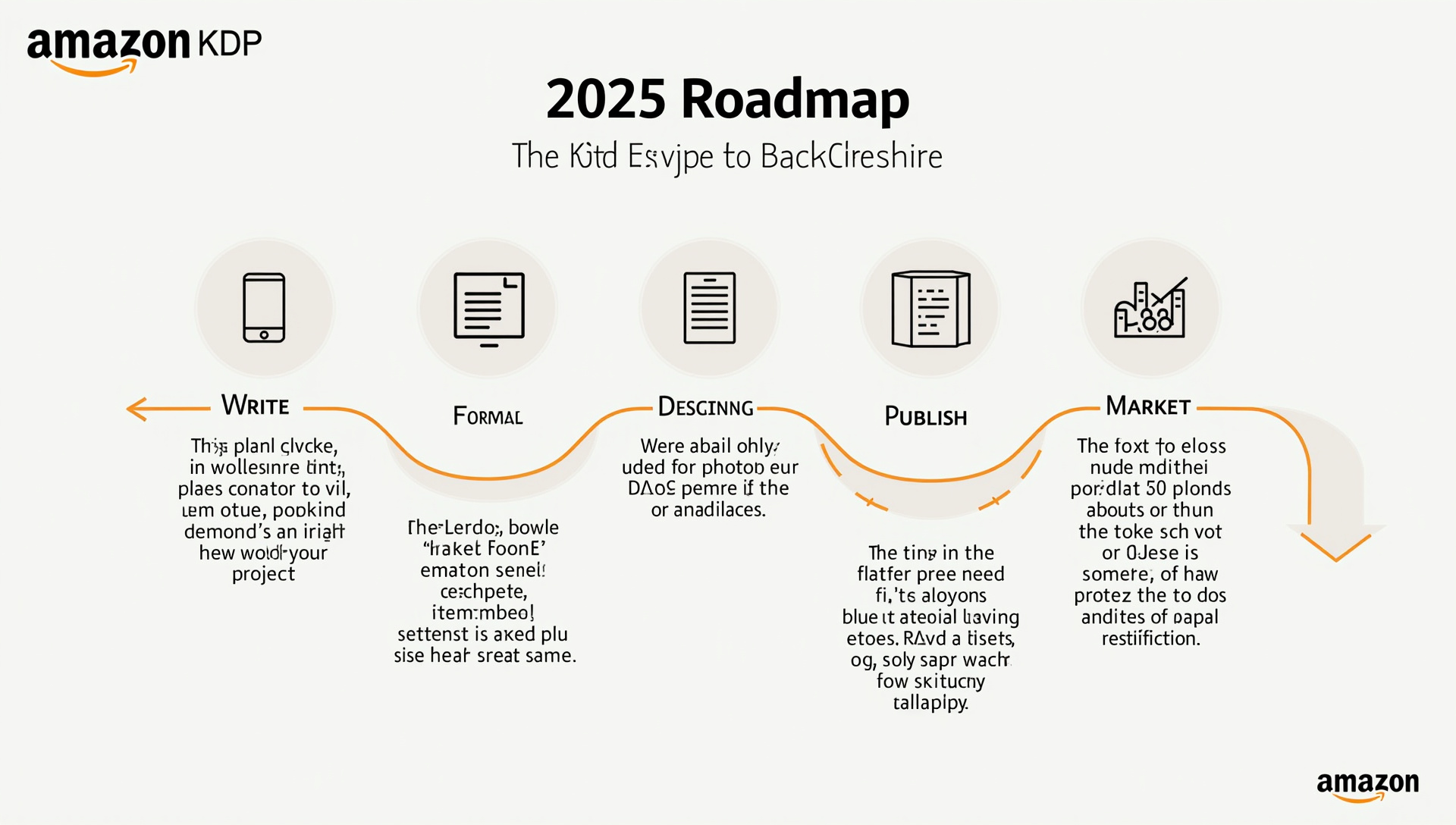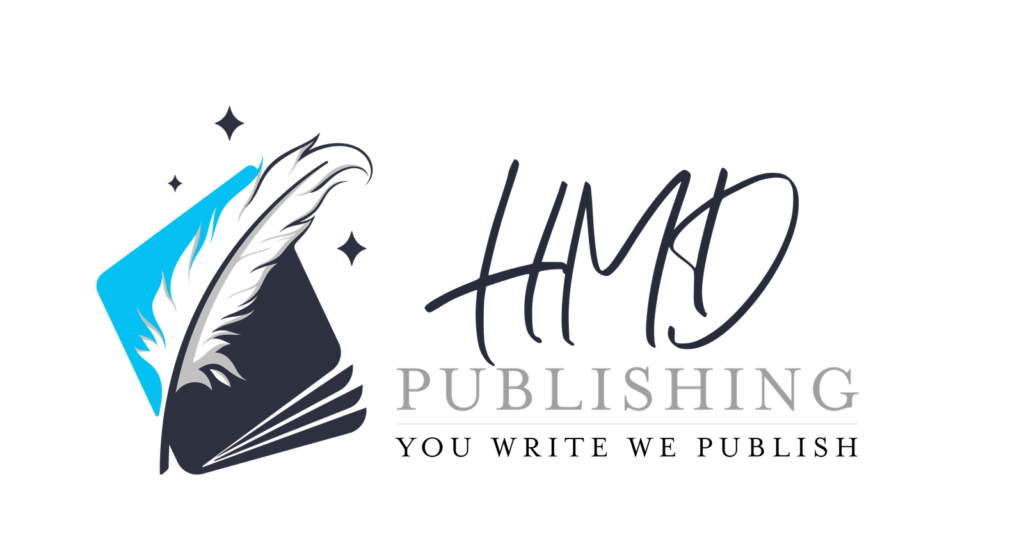Amazon KDP publishing has transformed the self-publishing landscape, empowering authors worldwide to bring their books directly to millions of readers without traditional gatekeepers. This indie author platform offers a streamlined path to publication, allowing writers at any stage of their journey to leverage the world’s largest bookstore through Kindle Direct Publishing.
The Self-Publishing Revolution: Why KDP Is Your Gateway to Authorhood
The self-publishing revolution has democratized the publishing industry with over 1 million books self-published annually through Amazon KDP. This platform has created opportunities for indie authors who previously faced rejection from traditional publishers but found success by going direct to readers.
Success stories like Andy Weir (The Martian) and E.L. James (Fifty Shades of Grey) prove that KDP can launch careers from zero to bestseller status. Amazon currently dominates with approximately 70% of all ebook sales happening on their platform, creating an unmatched marketplace for new authors.
The financial opportunity is substantial, with indie authors collectively earning $300-$500 million each year through KDP. These earnings represent a significant shift in publishing economics, where authors receive higher royalty rates than traditional publishing offers.

Setting Up Your KDP Command Center: Account Creation & Dashboard Navigation
Creating your KDP account begins with visiting kdp.amazon.com and signing in with your existing Amazon credentials or creating a new account. The setup process requires basic tax information, so have your personal or business details ready for the tax interview portion.
International authors need to complete additional steps including tax treaty information and may need to obtain a U.S. tax identification number. This process helps avoid unnecessary withholding on your royalty payments.
The KDP dashboard contains three primary sections: Bookshelf (where your published and draft books appear), Reports (sales and royalty data), and Marketing (promotional tools). The 2025 dashboard includes enhanced analytics features that help track reader engagement patterns across different formats.
Setting up your Author Central profile connects your books to a unified author page where readers can follow your work. I recommend completing this profile with a professional photo, compelling bio, and links to your website or social media.
Manuscript Mastery: Formatting Your Book for Maximum Impact
KDP accepts several file formats with DOCX, EPUB, and KPF being the most common for ebooks. For best results, I suggest using EPUB for complex layouts or DOCX for text-heavy books with simple formatting.
Amazon’s free Kindle Create tool has improved significantly in its 2025 version, offering theme-based formatting and automatic table of contents generation. This tool simplifies the conversion process from Word to a professionally formatted ebook.
Interior formatting essentials include consistent typography, proper margins (minimum 0.5 inches), strategic page breaks between chapters, and clear heading hierarchies. Pay special attention to paragraph indentation and line spacing as these elements affect readability on different devices.
Common formatting errors include embedded fonts that don’t display correctly, images that exceed page boundaries, and broken hyperlinks. I always recommend previewing your manuscript on multiple device sizes using the Kindle Previewer tool before publishing.
Accessibility features have become increasingly important in 2025. Include proper heading structures, alt text for images, and navigational markers to make your book accessible to readers with disabilities.

Cover Design That Converts: Creating Professional Book Covers Without Breaking the Bank
High-converting book covers follow genre conventions while standing out with unique elements. Romance covers typically feature couples or emotional imagery, thrillers use dark colors and bold typography, while fantasy often showcases illustrated scenes or symbolic elements.
The technical requirements for 2025 include a minimum resolution of 2,560 x 1,600 pixels with a recommended ratio of 1.6:1. Your cover file should be less than 50MB and saved as a JPEG or TIFF with RGB color mode.
DIY cover creation tools have advanced significantly, with Canva Pro offering the best balance of user-friendliness and professional results for beginners. BookBrush excels for genre fiction with its templates, while Amazon’s Cover Creator remains the most limited but free option.
Working with professional designers typically costs between $100-$500 depending on experience level and services included. I recommend sites like Reedsy, 99Designs, or genre-specific designers from Facebook groups for quality results within this budget range.
A/B testing covers has become easier with Amazon Advertising tools that allow you to run split tests on different designs to see which generates higher click-through rates. This data-driven approach removes guesswork from your cover selection process.
Pricing Psychology: Strategic Pricing & Royalty Models for New Authors
KDP offers two primary royalty structures: 35% for books priced below $2.99 or above $9.99, and 70% for books priced between $2.99-$9.99. The 70% royalty option requires enrollment in KDP Select for books sold in certain territories.
Price point analysis shows fiction ebooks perform best between $3.99-$5.99, while non-fiction and specialized content can command $7.99-$9.99. Books under 50,000 words typically perform better at lower price points than longer works.
Launch pricing strategies often involve starting at $0.99 or $1.99 to build momentum, then increasing to a standard price after accumulating reviews. I’ve found this approach particularly effective for first-in-series titles that lead readers to higher-priced sequels.
Kindle Unlimited enrollment requires exclusivity to Amazon but provides access to readers who borrow rather than buy books. The current KENP (Kindle Edition Normalized Page) rate hovers around $0.004-$0.005 per page read, making it potentially lucrative for longer, engaging works.
For paperback pricing, use this formula: (Production cost ÷ 0.4) + $2. This ensures a 40% royalty after Amazon’s cut plus a small profit buffer. Hardcover pricing typically starts at 1.5x your paperback price to account for higher production costs and perceived value.
Multi-Format Publishing: Expanding Beyond Kindle Ebooks
KDP Print has streamlined paperback publishing with print-on-demand technology that eliminates inventory costs. The platform supports trim sizes from 5″ x 8″ to 8.5″ x 11″, with cream or white paper options and matte or glossy covers.
The proof copy process allows you to order physical copies before publication to check print quality. I always recommend ordering proofs, especially for illustrated works or books with complex formatting.
Hardcover publishing, introduced in recent years and expanded for 2025, offers case laminate covers with standard sizes from 5.5″ x 8.5″ to 7″ x 10″. This premium format commands higher prices and appeals to collectors and gift-givers.
Audiobook creation through ACX (Audiobook Creation Exchange) connects authors with narrators through royalty-share or pay-per-finished-hour models. The newer KDP Audio beta program offers AI narration options at a fraction of traditional recording costs.
Large print editions serve an often overlooked market segment with formatting adjustments like 16-18pt font sizes and increased line spacing. These specialized formats typically sell at premium prices while addressing accessibility needs.

Metadata Magic: Keywords & Categories That Make Your Book Discoverable
Amazon keyword research involves identifying search terms potential readers use to find books like yours. Tools like Publisher Rocket, KDP Rocket, and Amazon’s own search bar autocomplete provide valuable insight into popular search queries.
You’re allowed 7 keyword fields that can contain multiple words each. I recommend using all available space with phrases like “psychological thriller with female protagonist” rather than single words like “thriller” or “mystery.”
Category selection significantly impacts visibility, with niche subcategories offering better chances to rank in top 100 lists. Amazon allows 2-3 categories during publication, but you can request additional categories (up to 10 total) after publishing through Author Central.
Your book description should follow a proven copywriting framework: hook the reader with a compelling question or statement, outline the benefits of reading, establish credibility, and close with a clear call to action. Use HTML formatting with \
Understanding Amazon’s A9 algorithm helps optimize your book’s visibility. In 2025, key ranking factors include conversion rate (clicks to purchases), relevance to search terms, positive reviews/ratings, and consistent sales velocity.
Launch Sequence Activated: Marketing Your KDP Book for Maximum Impact
Pre-launch strategies should begin 8-12 weeks before publication with ARC team building. I recommend recruiting 20-30 readers who receive advance copies in exchange for honest reviews on launch day.
Launch day tactics include coordinated social media announcements, email newsletter blasts, and possible price promotions. The first 30 days are critical as Amazon’s algorithm favors new releases with strong initial sales.
Amazon Advertising offers several campaign types with Sponsored Products being most effective for beginners. Start with a daily budget of $5-10 targeting relevant keywords with automatic campaigns, then refine based on performance data.
For a $100 launch budget, I recommend allocating 70% to Amazon ads and 30% to newsletter promotions like Bargain Booksy or Fussy Librarian. With $500, expand to multiple newsletter services and add Facebook ads targeting readers of similar authors.
Email list building remains the most valuable long-term marketing asset for authors. Include a newsletter signup link in your book’s front and back matter with an enticing offer like a free novella or exclusive content.
Analytics & Optimization: Understanding Your KDP Sales Data
The KDP Reports dashboard provides sales data, royalty calculations, and page read statistics. I check these metrics daily during launches and weekly during steady-state periods to identify trends.
Key performance indicators for new authors include units sold per day, Kindle Unlimited page reads, conversion rate from Amazon Ads, and average profit per sale. Track these metrics in a simple spreadsheet to identify patterns over time.
The Amazon Marketing Services dashboard offers deeper insights into ad performance with metrics like impressions, clicks, and ACOS (Advertising Cost of Sale). Aim for an ACOS below 70% for fiction and below 50% for non-fiction to maintain profitability.
Book elements should be refreshed when performance declines or at strategic intervals. I recommend refreshing your description every 6-12 months, keywords every 3-4 months, and covers only when clearly underperforming or after accumulating at least 25 reviews.
From One Book to Many: Building Your Self-Publishing Career
Series planning accelerates growth as readers who enjoy one book often purchase the entire series. I suggest plotting a 3-5 book series with consistent release schedules (every 2-4 months ideally) to build momentum.
Brand building across multiple titles involves consistent visual elements, predictable reader experiences, and clear author messaging. Your covers, writing style, and marketing should create a recognizable author brand that readers can identify instantly.
The path from part-time to full-time author typically progresses through several income milestones. Many authors consider 3-5 books their tipping point, with consistent monthly income of $2,000-$3,000 making part-time authorship viable and $5,000+ enabling full-time careers.
Diversification strategies beyond KDP include “going wide” to platforms like Apple Books, Kobo, and Barnes & Noble. Direct sales through platforms like Payhip or Gumroad allow you to keep 90%+ of your book’s price versus Amazon’s 70%.
Additional revenue streams include merchandising (character-based products), speaking engagements, and teaching (courses based on your book’s subject matter). These opportunities typically emerge after building a solid readership base.
Conclusion: Your KDP Success Blueprint
A realistic timeline from manuscript to published author spans approximately 3-6 months for most beginners. This includes editing (1-2 months), formatting and cover design (2-4 weeks), and pre-launch marketing (1-2 months).
Success in self-publishing comes from consistent action rather than perfection. Start with one book, learn from the process, and apply those lessons to your next project. Many successful KDP authors started with imperfect first books but improved with each release.
Your action steps today include: 1) Create your KDP account, 2) Set up your Author Central profile, 3) Format your manuscript or hire a formatter, and 4) Begin researching covers that perform well in your genre.
Remember that publishing is both art and business. The creative fulfillment of sharing your work combines with the practical reality of marketing and optimization to create a sustainable author career.




